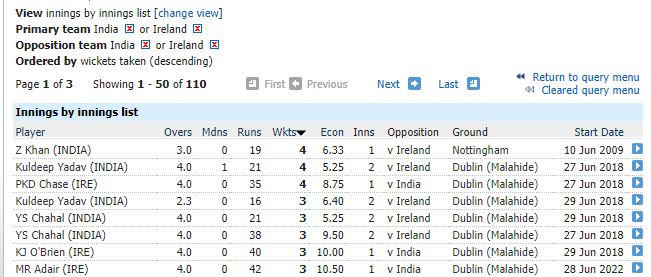We have already looked at places in India and Pakistan with the same or very similar names.
A few such combinations can be found in India and Bangladesh.
The most well known would be Jamalpur in Bihar and Jamalpur Town in Bangladesh:


The different names date from before Partition. Perhaps the Railway Board was more strict about avoiding duplication of names.
Going to lesser-known places:


The latter was built recently on the line from the Bangabandhu Bridge to Joydebpur and Dhaka.


Nawabganj near Ayodhya in UP and the larger Chapai Nawabganj in Bangladesh.

This is in MP, between Itarsi and Bhopal

The one in Bangladesh is probably more important.
Similarly, this station in Assam is quite small. It is between Badarpur and Karimganj. The sign in in Bangla and not Assamese as the former is the local language here. This picture was taken some years ago before it was converted from MG to BG.

While this brand-new station, also called Bhanga, is set to become a major junction in Bangladesh. It is south of Faridpur and near the new Padma bridge.

Next we come to a new station in Tripura:

The town of Belonia, like Hili, spreads over India and Bangladesh.
Earlier there was a branch from Feni to Belonia on the Bangladesh side, but it closed a few decades ago.
Finally, the notorious station of Hili in Bangladesh which is right on the border with India:

It will be connected to Balurghat in the near future. The IR station will be different from the BR station shown above.
Daulatpur Chowk, recently opened in Himachal Pradesh:

Daulatpur near Khulna:

This station near Kolkata is now closed and will be replaced by a metro station:

While its counterpart in Dhaka is on the main line going east, and has many important trains stopping there:
















































